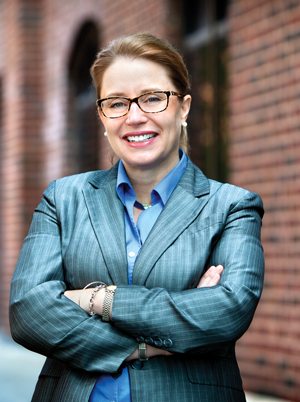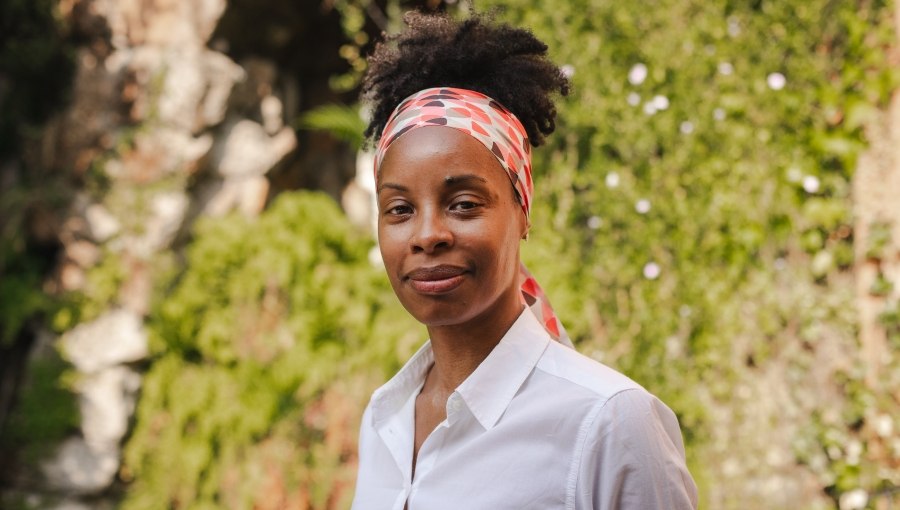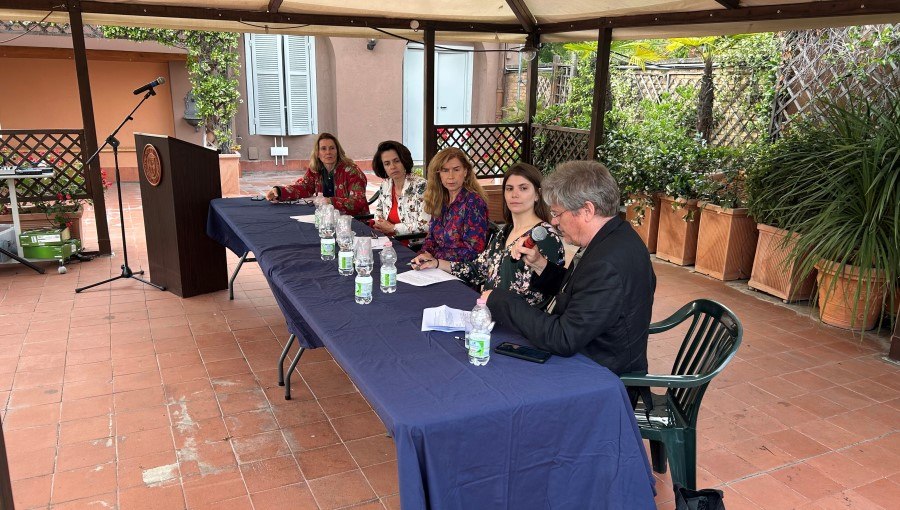The School-to-Prison Pipeline in the US: JCU Welcomes Dr. Tammy Hughes
In 2018, a 10-year-old boy in Pennsylvania got an out-of-school suspension after officials found a knife in his backpack. It was a toy plastic knife from the Halloween clearance section. In 2013, a 16-year-old student in Florida was arrested and charged with a felony after a school resource officer found her mixing household chemicals and causing a small explosion. She was working on a science fair experiment. Most recently, in 2020 in Colorado, a 12-year-old boy was suspended after being seen on his computer camera picking up a toy gun during his online art class.

Dr. Tammy Hughes
Every school year, almost 3 million public school students receive one or more out-of-school suspensions, while over 100,000 students are expelled. Though used as educational tools, suspensions and expulsions do very little to reduce children’s misconduct. In fact, even one out-of-school suspension increases a child’s chance of dropping out of school, which increases chances of entry into the juvenile justice system, poverty, and mental health issues.
Dr. Tammy Hughes, a school psychologist and professor at Duquesne University in Pittsburgh, Pennsylvania has devoted her life’s work to keeping kids in school and out of jail. On March 30, John Cabot University’s Department of Economics and Social Sciences hosted Hughes at an event titled, “Considering the Schools to Prison Pipeline in the U.S.”
The school-to-prison pipeline is a set of policies that push kids out of schools and into the criminal justice system. It disproportionately affects Black and Hispanic students from poor communities, where school is the only provider of mental health services to children with conduct problems. Yet, it’s a system that often fails them.
Hughes said one of the main reasons the school-to-prison pipeline exists is the misconception that crime is on the rise, so more time and efforts are spent on preventing unlikely events, like homicides and school shootings. “A typical school can expect a student homicide at school once every 6,000 years,” said Hughes. “Meanwhile, 20-25% of students report being the victims of bullying in any given year, which is often left unaddressed.”
The crime panic has driven schools to adopt safety policies like the Gun-Free Schools Act, which requires schools to expel for at least a year students that bring a weapon to class. But these zero-tolerance policies have evolved from concerns about firearms to concerns about anything that teachers or school officials would consider a weapon. Some interpretations are quite broad. In Pittsburgh, where Hughes works, a 14-year-old girl allegedly attacked another student with a pencil after he groped and assaulted her. But the school district claimed the pencil was a weapon and expelled her. “A weapon becomes anything that a teacher is afraid of,” Hughes said.
Many of the suspensions, expulsions, or referrals to juvenile court are carried out for offenses like defiance, insubordination, or “disorderly conduct,” which Hughes said is just a catch-all for anything that makes a teacher feel threatened or disrespected. Not surprisingly, a much greater percentage of Black students is charged because of implicit bias, or the belief that Black youth are more dangerous than their white peers, despite research showing that neither group commits serious offenses more frequently than another. “What it’s really about is segregation and its history in the U.S.,” Hughes said. “How can I get a Black kid out of my school? I can charge them with a crime.”
Hughes and her team at Duquesne University’s law clinic are now using trauma-informed care practices for teaching in jails and juvenile detention centers, while also defending youth in court, preparing them for court appearances, and expunging their juvenile records. For children who have experienced trauma, being suspended or expelled can be especially harmful. Trauma-informed teaching involves understanding students’ past adverse childhood experiences (ACEs) and providing them with mental health resources rather than retraumatizing them, said Hughes.
An important part of this intervention is understanding that children don’t wake up one day and choose to be bad, but rather they have a whole set of life experiences that brings them there, Hughes said. “When we look at our records of what kids are charged for, people should be outraged,” she said. “If somebody is being charged for uniform violation or back talk by their teacher, people should say, ‘No, we’re not doing that,’ but the whole system has to agree, and it still doesn’t.”
(Francesca Mirabile)





